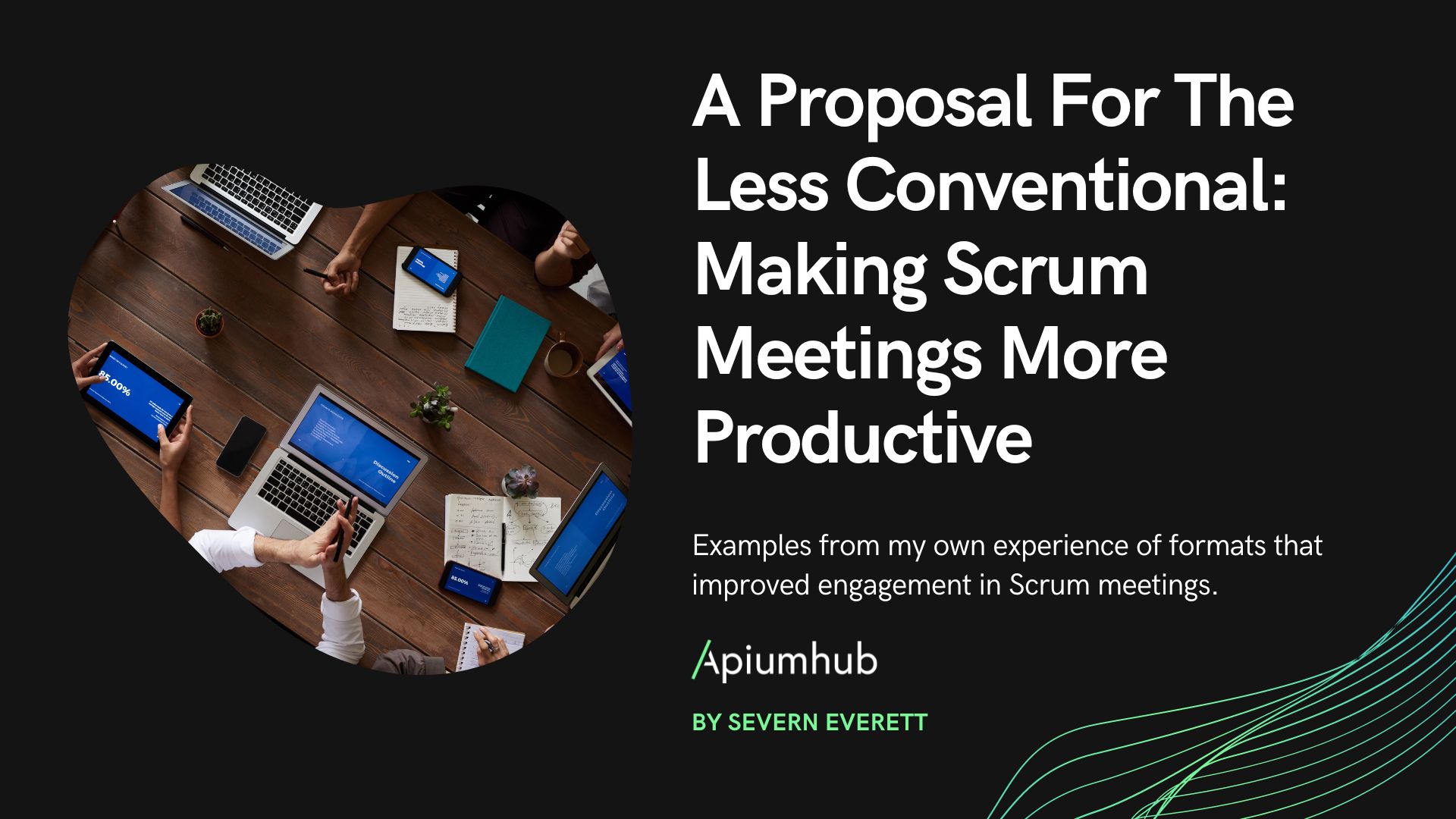Table of Contents
Games are fun, no doubts about that. But is that why they are used as team building activities? It’s not really the main reason, there are other explanations for that. Today, I would like to talk about nice agile games for team building that are quite efficient when it comes to improving the team’s work.
For any product development project, teamwork is a very important aspect. However, even if you have the right people in your team, some sort of team building initiatives needs to be taken to enable members to work efficiently together.
Games, simulations and other learning activities help teams learn and sharpen new skills. Many agile games are used by businesses for employee development and to increase productivity and effectiveness and it has been proven to yield visible results. They are considered as high-impact learning experiences.
In fact, engaging users in problem solving helps a lot when it comes to induce a desired behavior to the team that will contribute toward more effective, productive, and harmonious working relationships.
Why playing games that help teams learn to work together primordial in team development?
The main benefits of team building activities
Keep the team motivated
It goes without saying that by winning a game or being successful in an activity, you increase the confidence of the team. This equals to higher motivation! Also, apart from winning or being successful in an activity, the team members quickly understand that the company itself cares about their personal development and is willing to invest efforts & time to it. Finally, as mentioned earlier, the team gains trust in each other and this creates a sense of belonging.
There’s nothing better than good communication
Team building is actually helpful if you want to put individuals more comfortable together and enable the group to learn new ways of working together. One of the most common thing that the team usually learns is how to have a good communication and its importance.
By putting people in a different environment, performing different sorts of tasks, you enable them to be more creative and to use their imagination, and this encourages them to then apply it to their everyday job.
Develop the problem solving skills of the team
The way those team building activities work is that you expose a problem to the team, and together, they have to solve it. They learn to solve problems together and become more aware of which skills each member adds to the team. With each one of those exercises, they learn something new about the team and how it functions together, specially when it comes to problem solving.
Develop better relationships at work
Have you ever had to do some group activities? It’s a great way to break the ice right? Games / activities require people to create & organise processes to complete the task successfully. By collaborating and working closely together, the team develops relationships quickly.
Increase the productivity of the team
By working together, the team gets to know each other better and therefore becomes more efficient. In fact, less time is wasted on fixing errors of other team members and in general, we just have a better understanding on who has high skills in what. The work can then be allocated to the person with the right skills for it. On the long run, you end up improving your processes and procedures and obviously this implies your productivity increases.
We went through the main benefits of team building games, but if you landed here, you must have been looking for examples of games that you could try out with your team
So here I would like to dive into agile games that are great for team building and that I definitely recommend you try if you are working with an Agile team!

Agile games for team building
The white elephant sizing
Agile teams need to estimate the size of their stories or product backlog items. This agile game comes in handy when the team has more than a hundred stories and doesn’t have more than a day to estimate. Everyone’s voices are heard, and everyone contributes equally.
The name “White Elephant” comes from the group gift-exchange game that is also known as Yankee Swap, but instead of gifts, the team has stories. The goal of this game is to get a quick estimate of the size of an agile project and the size of the individual stories before the project starts.
Through the game, the team collaborates to group user stories according to their relative size, ensuring that each member has a say.
The idea is to break down all the work into user stories, like in any agile project. On a board, the team draws columns with scales. The team lines up into a line and one by one they grab a user story provided by the product owner and based on what they know and on questions they may have for the product owner, they will go ahead and estimate the size of that story and place it in a column. The next person in line can either take a new story or re-estimate that story.
Once that all the stories are place on the board, the team inspects the board and each member can propose to move one of the stories’s place. They can later on discuss it with the product owner and ask questions that will help them estimate those stories together.
This games helps the team to estimate faster. The fact that one story at a time is Introduced helps limit the amount of uncertainty. The first player only needs to consider one story.
Battleships
This agile game is generally used to introduce people to iterative development and to explain the concepts behind it. The idea is to get people to understand that upfront large plans are just not recommended!
You create two teams (A & B) and each will have a “battleships sheet” and some dots (with which they will create their ships). Each team will have around two minutes to plan how they would like to place their ships.
The team A will then have five minutes to plan its hits up front and will mark it on their sheet and will then communicate it to the team B that will therefore update them and which ships sunk, hits that were missed, etc. The team B then also gets 5 minutes to play each one of their hits but this time with real-time feedback from the team A on misses, hits and ships that sunk.
Results are very predictable. Obviously, the team B usually gets the chance to change its plans due to the fact that they follow iterative rules, which will make them score higher.
The name game
Many times, people believe they have strong multitasking skills, but most of the time it’s actually inefficient. This is a quick and simple game that is great when it comes to showing how inefficient multitasking really is. It actually shows how often developers are working on various projects at the same time and how finally each client only gets a piece of his time and actually suffer because their projects take a longer time.
The developer will have to write down the names of his clients on a card and to satisfy them as soon as possible. Once the time starts, the customers will tell the developer their names and he can only write one letter of each name at a time. Once that a name is done, the card is given to the customer that has recorded how long it took to get it.
On the second round, the developer has to write each name one by one. And again, the client has to record the time it took to get the name from the moment the developer started writing it down. Of course, they will get it faster than at the first round.
This is one of the simplest agile games but it does show that focusing on a single job at a time helps get better quality, faster delivery, happier customers and less wasted time.
The ball point game
The ball point game helps a lot when introducing Scrum to new agile teams. The game goes like this: you need to give the team as many balls as possible in two minutes. Each ball has to pass by each team member. In order to get a point (per ball), its important that the first person who gets the ball be the last one to touch it.
The team will get 5 iterations and before each one, it has to estimate how many balls they believe will be passed. We record the number passed at the end of each iteration and compare it with the estimations given by the team.
Often, at the first iteration it is even difficult to get one ball through the whole team. After each iteration there are retrospectives and therefore the team adapts the process and after each iteration it becomes better and better and the progress is much more visible.
Conclusion
There are thousands of other agile games you can try out with your team in order to facilitate the learning of agile concepts. The idea is that generally speaking, team-building programmes are based on realistic experiences that help empower individuals when it comes to contributing to common goals as well as developing trust in each other and each other’s abilities.
And if you are interested in working with an agile software development team on your project, let us know! We can’t wait to know more about you!
If you enjoyed this, you might like…
What you should know when building Agile teams?
Agile project management tools you should be using
Stages of Agile retrospective & 7 popular techniques










2 Comments
Karl
For the Battleship game, what do you suggest for the number of hits that Team A plans? Their plan could be to simply hit every square on the grid which would insure they hit all of the ships placed by Team B.
In the “real” game, players take turns until one player has lost all of their ships.
Ana - Team building
Gracias por este articulo, me gusto mucho como se aborda el tema de trabajo en equipo, quisiera comentar que el trabajo en equipo es indispensable en estos tiempos tan complicados en que las empresas necesitan dar resultados por altos niveles de competitividad que hay en los mercados, sin embargo se habla mucho del tema pero poco se vive en las empresas, gracias por esta valiosa aportacion.